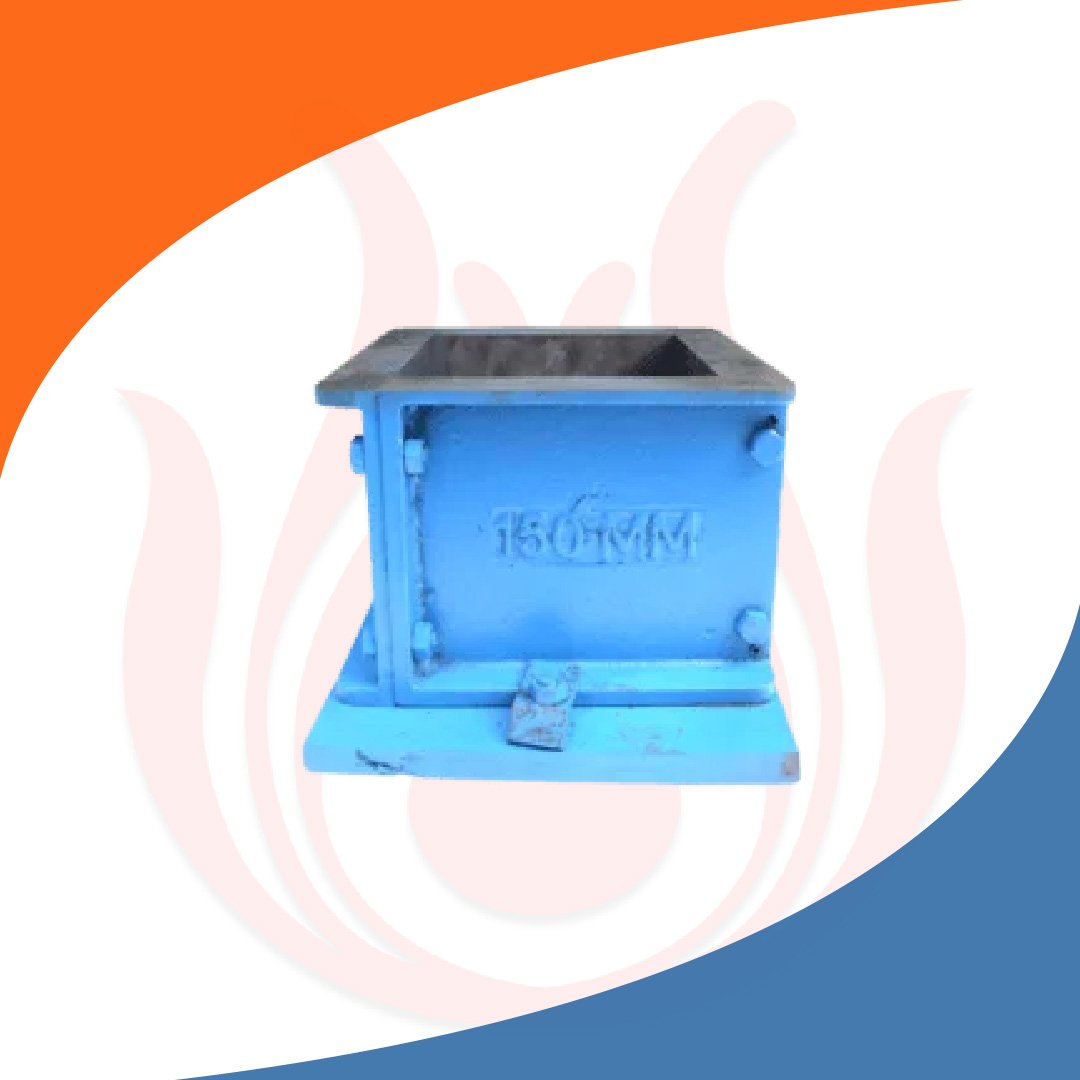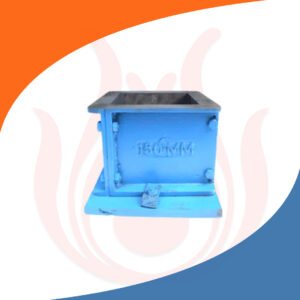Cube Mould ISI
- High Quality Materials
- Compliance With Standards
- Clear Product Information
- Warranty & Support
- Product Testing & Certification
- Delivery & Policy
- Ask a Question
- Estimated Delivery: 5 Days – 10 Days
Information About Cube Mould ISI:
What is Cube Mould ISI?
A cube mould with an ISI marking is used to cast concrete or mortar cubes for compression testing. It is stamped with the ISI mark to indicate that it complies with Indian Standards (IS) 516 and 10086. A wide range of industries including civil engineering, materials testing and construction, use ISI marked cube moulds. They are employed to evaluate the compressive strength of various materials including grout, asphalt and dirt in addition to concrete and mortar.
The concrete or mortar cubes cast into ISI marked cube moulds are guaranteed to be of consistent size and shape because of the extremely tight tolerances used in their manufacture. Accurate compression test results depend on this. The ISI marked cube moulds are also made with durability and ease of use in mind. Usually composed of cast iron or cast steel, these materials are robust and impervious to rust. Additionally, the moulds are made to be simple to put together and take apart as well as to make it easier to remove the cast cubes without breaking them.
Any laboratory or field testing facility that does compression testing on concrete, mortar or other materials needs ISI certified cube moulds.
Features of Cube Mould ISI
The following are some of the key features of an ISI marked cube mould:
1. Awarded accreditation under Indian Standards (IS) 516 and 10086. This ensures that the mould meets all specifications and is of the greatest quality.
2. Constructed from iron or cast steel. These materials are strong and resistant to corrosion.
3. Provides a +/-0.2 mm accuracy tolerance. This ensures that every mortar or concrete cube cast into the mould will have the same dimensions.
4. Comprises flat, smooth interior faces by which the mortar or concrete cubes are kept from adhering to the mould.
5. Includes a base plate which gives the mould a solid foundation and keeps it from shifting while casting.
6. It assembles and disassembles easily and is thus simple to use and maintain.
7. Has the ISI stamp on it which attests to the moulds compliance with Indian cube mould standards.
Apart from the aforementioned characteristics, ISI marked cube moulds are also usually:
1. Sturdy and extended
2. Not susceptible to rust or other types of corrosion
3. Simple upkeep and cleaning
4. Inexpensive
Uses of Cube Mould ISI
Concrete or mortar cubes for compression testing are cast using ISI marked cube moulds. To ascertain a materials compressive strength, compression testing is a common test technique. It is the test that is done on concrete and mortar the most frequently.
In compression testing, a cube of mortar or concrete is loaded until it breaks. Then by dividing the load by the cubes cross sectional area the compressive strength of the material is determined.
Cube mould ISI are used to cast mortar or concrete cubes with precise dimensions. A cube moulds most typical dimensions are 150 x 150 x 150 mm. Nevertheless, there are cube moulds available in various sizes as well including 50 x 50 x 50 mm and 100 x 100 x 100 mm.
Here are a few particular instances of the application of ISI cube moulds:
1. To assess the concretes compressive strength which is important for building, bridge and dam construction projects
2. To evaluate the mortars compressive strength which is important for masonry construction and bricklaying.
3. To evaluate the mortar and concrete used to make precast concrete products for compressive strength.
4. To assess the mortar and concrete used in pavement and other road construction projects for compressive strength.
5. To evaluate the mortar and concrete utilized in research and development for compressive strength.
6. A vital instrument for guaranteeing the caliber of mortar and concrete used in a variety of applications are ISI marked cube moulds.
Benefits of Cube Mould ISI
Compared to other varieties of cube moulds, ISI designated cube moulds have several benefits. These benefits include:
· Precision: Cube moulds bearing the ISI brand are manufactured with extremely precise tolerances, guaranteeing that the mortar or concrete cubes poured into them will have consistent dimensions. For reliable compression test results, this is crucial.
· Durability: Cast iron and steel which are robust and corrosion resistant are commonly used to make ISI cube moulds. They are hence resistant to misuse and abuse.
· Reliability: Industry standards groups and regulatory authorities generally accept ISI cube moulds. This indicates that there is a greater chance of others accepting the outcomes of compression tests carried out with ISI cube moulds.
Here are some specific benefits of using ISI marked cube moulds:
1) Enhanced control: The regular size and shape of the concrete or mortar cubes used for compression testing is ensured by ISI cube moulds. As a result, test results are more reliable and consistent.
2) Reduced error risk: ISI marked cube moulds are simple to use and assemble, lowering the possibility of errors during compression testing.
3) Increased test result confidence: Using ISI cube moulds increases users trust in the accuracy and dependability of their compression test findings.
4) Standards compliance: ISI approved cube moulds are produced to suit Indian cube mould specifications. This means that ISI cube mould test findings are more likely to be accepted by regulatory bodies and industry standards groups.
How the Cube Mould ISI works?
Cube mould ISI functions by creating a precise and homogeneous environment for casting mortar or concrete cubes. The moulds are built with extremely tight tolerances and have smooth and flat inside faces which prevents the concrete or mortar from sticking to the mould and guarantees that the cubes are of consistent size and shape.
The following measures are normally taken when using an ISI designated cube mould:
1. Assemble the mould and set the base plate on a level surface.
2. The concrete or mortar is mixed in accordance with the specifications.
3. Carefully pour the concrete or mortar into the mold and crush it with a tamping rod.
4. The mould is completely filled and any extra concrete or cement is removed.
5. The mould is carefully sealed and let to cure for the desired amount of time usually 7 or 28 days.
6. After the concrete or mortar has set disassemble the mould and remove the cube.
A compression testing machine is then used to assess the cubes strength under compression. The compressive strength of the mortar or concrete is then determined by splitting the load by the cubes area of cross section. ISI cube moulds are required to ensure that the concrete or mortar cubes used for compression testing are of the same size and shape. As a result, test results are more reliable and consistent.
Here is a more detailed explanation of how each step works:
1) Putting the mould together : Usually the mould is composed of two parts that are fastened together using screws. The mould is assembled after matching the two halves and tightening the screws.
2) Installing the base plate : It gives the mould a sturdy foundation and keeps it from shifting while it is being cast. Usually it is composed of cast iron or cast steel that the base plate bears the ISI mark on it.
3) Mixing the concrete : Cement, sand, aggregate and water are usually combined in accordance with the parameters needed to create the concrete. It is mixed until the mortar or concrete has a consistent consistency.
4) Filling concrete into the mould: A tamping rod is used to gently pour the concrete or mortar into the mold and compact it. In order to guarantee that the mortar or concrete is evenly dispersed throughout the mould any air bubbles should be removed using the tamping rod.
5) Blowing out the extra concrete or mortar and filling the mould to the brim: The excess mortar or concrete is blown out of the mould. By doing this, the cubes’ consistent size and shape are guaranteed.
6) Tightly sealing the mould: To stop the mortar or concrete from drying out too soon the mould is sealed tightly. Usually the rubber gaskets or sealing tape are used for this.
7) Curing mortar or concrete: The mortar or concrete is left to cure for the necessary amount of time usually 7 or 28 days. This is the amount of time needed for the mortar or concrete to solidify and become completely strong.
8) Cube removal and mould disassembly: The cube is taken out of the mould when the mortar or concrete has dried. Compressive strength testing on the cube can now be conducted.
For a variety of applications, ISI marked cube moulds are a crucial instrument for guaranteeing the caliber of mortar and concrete. By taking the above procedures into consideration, users may guarantee that their mortar or concrete cubes will yield precise and reliable test results in addition to being uniformly sized and shaped.
Conclusion
The Bureau of Indian Standards (BIS) formerly the Indian Standards Institute is the national standards body of India and is denoted by the ISI mark. A products compliance to the Indian standards established by the BIS is guaranteed by the ISI certification which is a symbol of quality and safety. Cube moulds are utilized in the construction industry to cast concrete cubes which are then used to measure the concretes compressive strength. The Bureau of Indian Standards has tested and approved cube moulds certifying that they meet the organizations quality and safety standards. This is indicated by the ISI mark on the mould. To guarantee the structural integrity and durability of building materials, this certification is very crucial.
It is recommended to check for the ISI mark when buying cube moulds or any other building supplies in India to make sure the item satisfies the necessary requirements.
- DESCRIPTION
FEATURE | SPECIFICATION |
Size | Different size available |
Material | Metal |
Shaping Mode Type | Cube |
Operating Mode | Manual |
Accuracy | +/- 0.2 mm |
Inch | +/-0.01 |
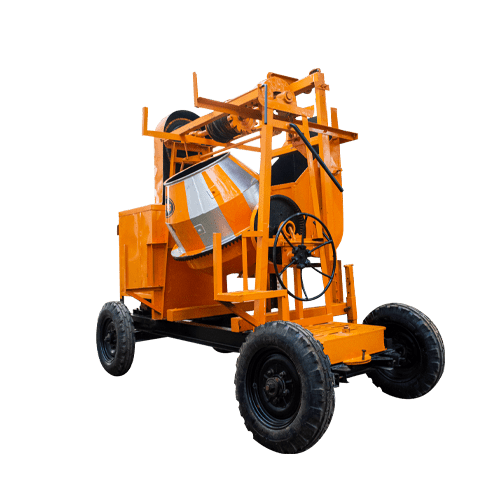
Concrete Mixer Machine With Lift
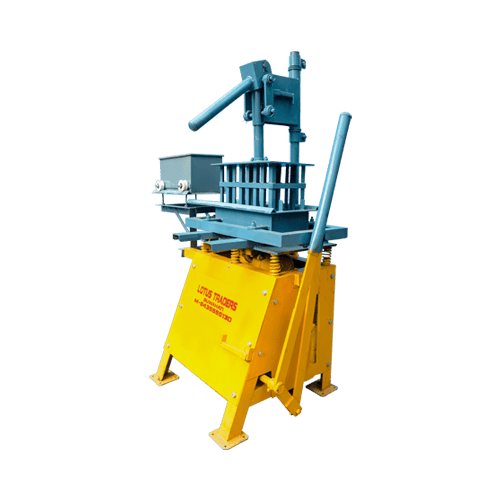
Manual 4 Cavity Brick Machine
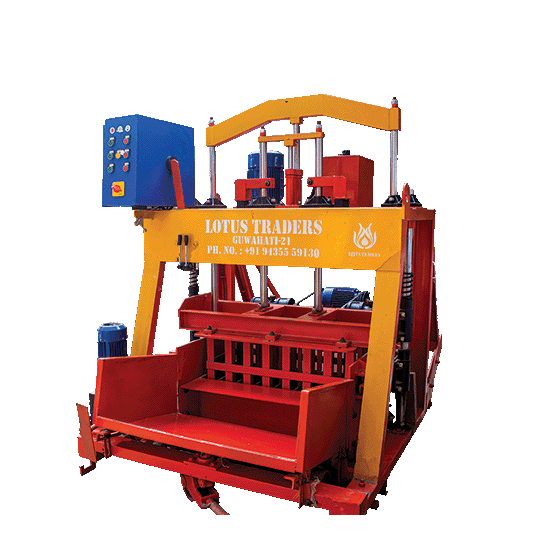
Egg Laying Type Block Making Machine
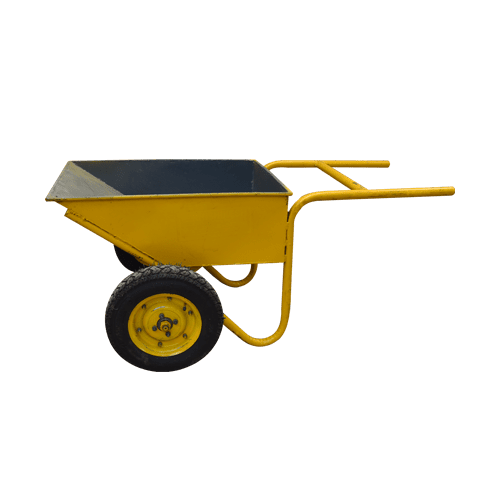
Double Wheel Trolley

Needle Vibrator






